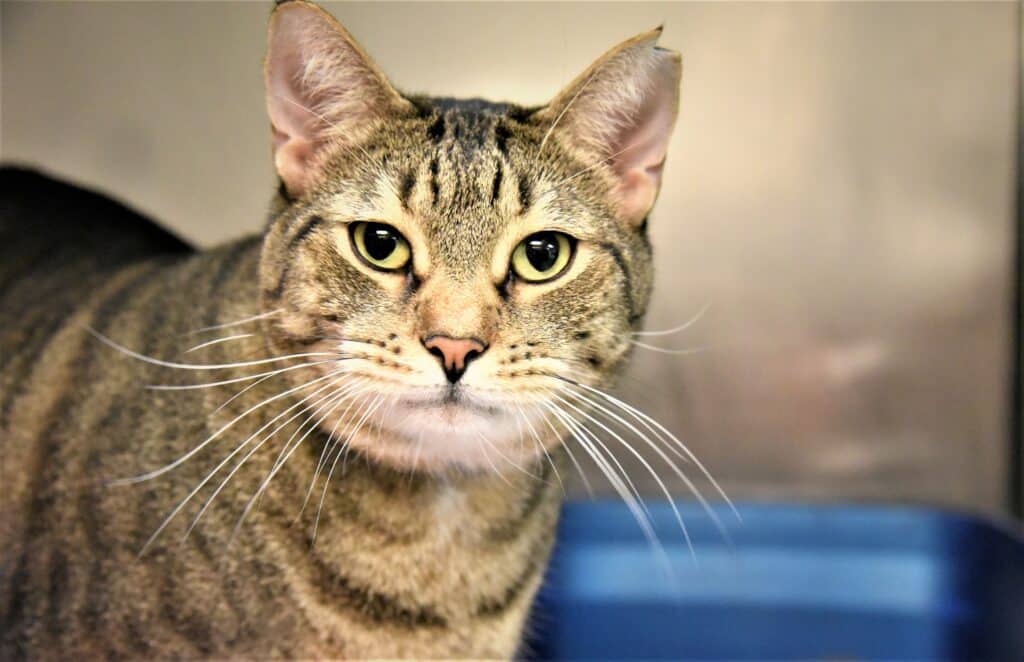
Most of us have met someone or have a loved one who is diabetic- and our pets can develop this issue too! November is Pet Diabetes month, and we want to bring awareness to this issue and signs that may indicate development of this problem in our cats and dogs. It is estimated that 1 out of 300 dogs and 1 out of 230 cats in the US have diabetes. It is important that our pet parents are equipped with basic knowledge help recognize the problem if it arises.
What is Diabetes?
Normally when we eat a meal our blood sugar will go up. In response to that our body naturally produces insulin to help it use that sugar for energy. When a patient is diabetic and they eat a meal the blood sugar also goes up. The difference is a diabetic patient either does not produce or cannot utilize the produced insulin properly. When this happens instead of the blood sugar going down- it stays high. This abnormal high blood sugar level is what causes the development of symptoms and issues.
What symptoms should I look out for?
The most common symptoms we see are increased thirst, increased urination, lethargy, increased hunger and weight loss. Dogs may be prone to development of cataracts. Cats may exhibit weakness in the legs where their ankles held lower towards the floor. Other medical conditions may have similar symptoms- so if noted a visit with your veterinarian is recommended for further assessment.
What are risk factors for diabetes?
A major preventable risk factor for diabetes is obesity in our pets. An obese cat has a x3.9 greater chance of developing diabetes compared to one with healthy weight. We have another blog post about obesity in pets that may contain helpful information on weight loss. Certain breeds (e.g. poodle) or medical conditions may also make a pet at greater risk.
Can diabetes be cured in our pets?
Unfortunately, at this time diabetes can only be managed not cured. It does require life-long care. My personal cat Benvolio was diagnosed and treated for his diabetes and had good quality of life into his senior years. By working with your veterinarian, we can manage diabetes through diet and insulin administration to help them live long and happy lives!
Cynthia Rogers, DVM
